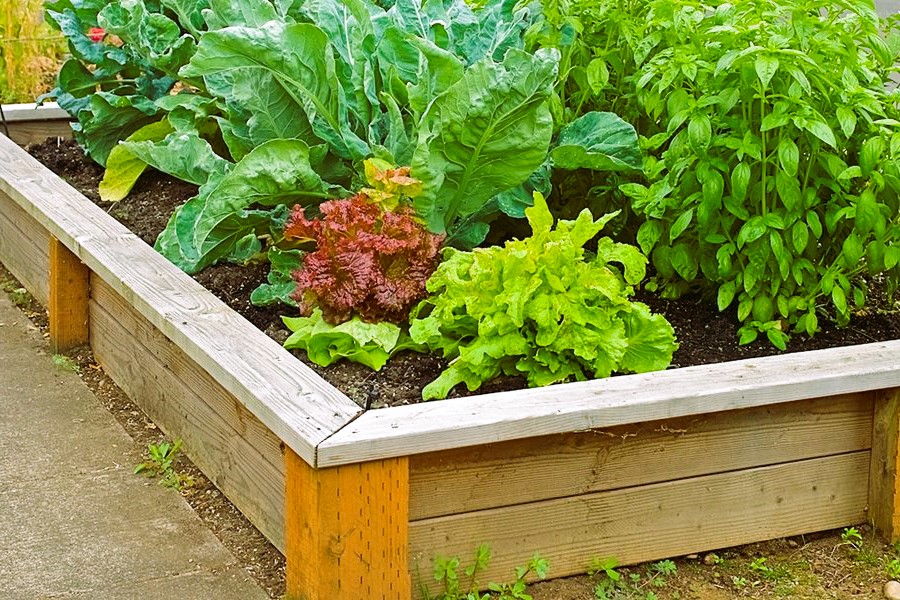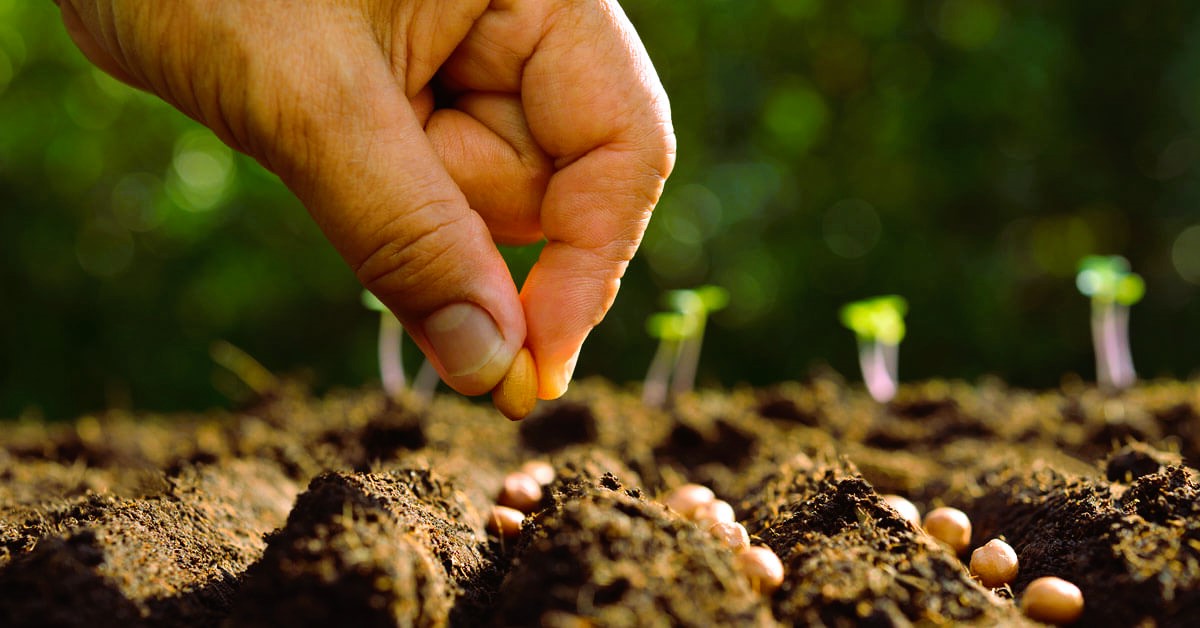There’s nothing quite as rewarding as growing your own vegetables. Not only does it provide you with fresh, nutritious produce, but it also connects you with nature and allows you to experience the joy of watching your garden flourish. If you’ve been contemplating starting your own vegetable garden but aren’t sure where to begin, this guide is for you. From preparing the soil to selecting the right vegetables, we will take you through the essential steps to help you start and maintain a successful vegetable garden.
- Choose the Right Location
Selecting the right location for your vegetable garden is crucial for its success:
- Sunlight: Choose a spot that receives at least 6 to 8 hours of direct sunlight daily. Most vegetables thrive in full sun.
- Soil Drainage: Ensure the soil in your chosen area drains well to prevent waterlogging. Raised beds or containers can be used if the soil is heavy or poorly drained.
- Proximity to Water: Place your garden near a water source for easy irrigation. Vegetables need consistent moisture, especially during hot summer months.
- Prepare the Soil

Healthy soil is the foundation of a productive vegetable garden. Follow these steps to prepare your soil:
- Clear the Area: Remove any weeds, rocks, or debris from the chosen site.
- Test the Soil: Conduct a soil test to determine its pH level and nutrient content. Most vegetables prefer a slightly acidic pH between 6.0 and 7.0.
- Amend the Soil: Add organic matter such as compost, well-rotted manure, or peat moss to improve soil structure, drainage, and fertility.
- Till or Turn the Soil: Use a garden tiller or a shovel to loosen the soil to a depth of about 12 inches. This allows for root development and better nutrient absorption.
- Plan Your Garden Layout
Careful planning ensures optimal use of space and efficient gardening practices:
- Consider Planting Zones: Research the specific planting zones and frost dates in your area to determine suitable vegetables for each season.
- Companion Planting: Take advantage of companion planting by placing compatible plants together. For example, planting marigolds alongside tomatoes helps repel pests.
- Crop Rotation: Rotate your crops each year to prevent the build-up of pests and diseases. Avoid planting the same family of vegetables in the same spot consecutively. Making the most of sunlight in your space, see Unleashing the Power of Natural Light.
- Choose Your Vegetables
Select vegetables that align with your climate, preferences, and available space:
- Beginner-Friendly Vegetables: Start with easy-to-grow vegetables like tomatoes, lettuce, radishes, carrots, zucchini, and herbs.
- Consider Growing Conditions: Take into account the specific requirements of each vegetable, such as sunlight, soil type, and spacing.
- Succession Planting: Plant vegetables in succession to ensure a continuous harvest. Sow seeds or transplant seedlings every few weeks for a staggered yield.
- Planting and Caring for Your Vegetables
Follow these guidelines to plant and care for your vegetables:
- Seed Planting: Sow seeds according to the recommended depth and spacing for each vegetable. Keep the soil consistently moist until germination occurs.
- Transplanting Seedlings: If starting with seedlings, gently transplant them into the garden after the last frost date, ensuring proper spacing.
- Watering: Water your garden regularly, aiming for deep watering to encourage deep root growth. Avoid wetting the foliage to reduce the risk of diseases.
- Mulching: Apply a layer of organic mulch, such as straw or wood chips, around your plants to suppress weeds, conserve moisture, and regulate soil temperature.
- Fertilizing: Use organic fertilizers or compost to provide necessary nutrients to your plants. Follow package instructions for application rates.
- Pest and Disease Management

Prevention and early detection are key to managing pests and diseases in your vegetable garden:
- Monitor Regularly: Inspect your plants regularly for signs of pests, diseases, or nutrient deficiencies.
- Natural Pest Control: Use natural methods like handpicking pests, introducing beneficial insects, or applying organic pest control solutions.
- Crop Covers: Use row covers or netting to protect vulnerable plants from pests and reduce the risk of damage.
- Crop Maintenance: Practice good garden hygiene by removing diseased plants, properly disposing of debris, and rotating crops.
Conclusion
Starting your own vegetable garden is an enriching and rewarding experience. By selecting the right location, preparing the soil, planning your garden layout, choosing suitable vegetables, and providing proper care, you’ll be well on your way to enjoying a bountiful harvest of homegrown produce. Remember to adapt your gardening practices to your specific climate and conditions, and don’t be afraid to experiment and learn from your experiences. Embrace the journey from seed to harvest and relish in the joy of growing your own delicious and nutritious vegetables. Happy gardening!

